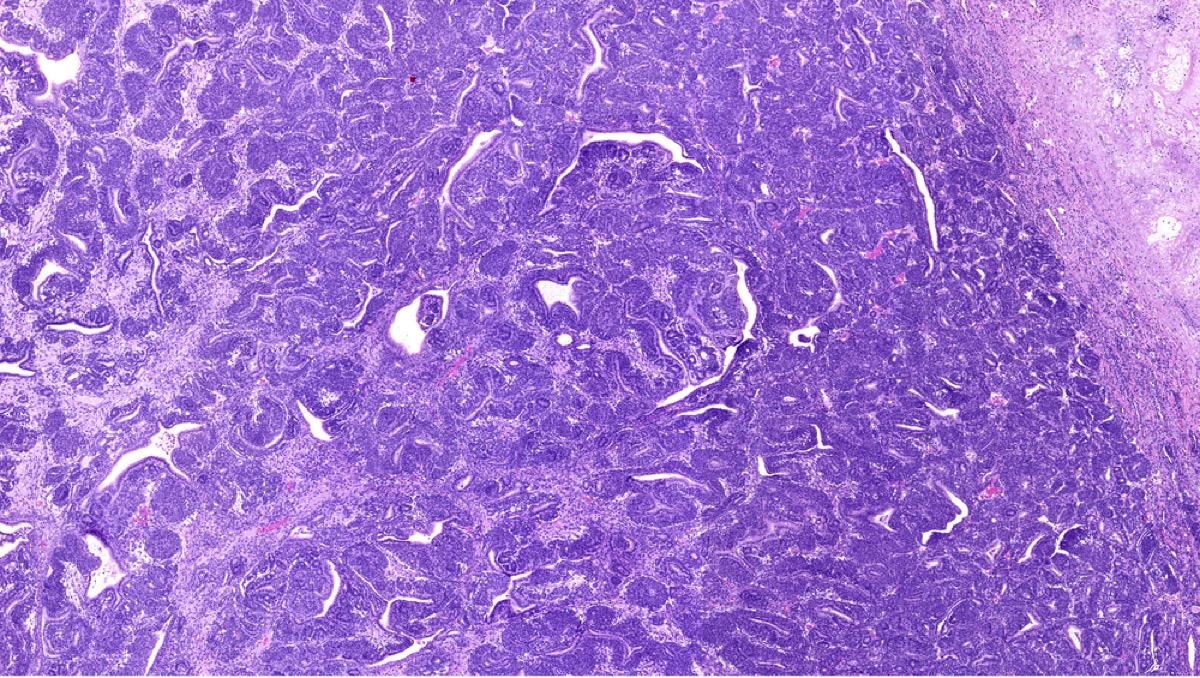Wilms’ Tumor

Wilms’ Tumor (formally referred to as Nephroblastoma), is among the rarest forms of kidney cancer affecting children. However, it is still the most common form of kidney cancer affecting children between three and four years. The cancer is less common among older children.
Wilms’ tumor affects 1 in every 10,000 people worldwide before they reach age 15 and individuals of African descent tend to get the disease more than everyone else. The tumor affects one or both kidneys. There are more than 500 diagnosed cases of Wilms’ tumor in the U.S. every year. Fortunately, the disease responds to treatment. Approximately 90% of all patients with Wilms’ tumor live for at least 5 years. Common symptoms of the disease include; loss of appetite, vomiting, nausea, fever, abdominal pain, high blood pressure, blood in the urine and painless abdominal mass.
Diagnosing, Staging, & Treatment
Wilms’ tumor is diagnosed as a painless abdominal tumor which can be felt and confirmed via an ultrasound scan, MRI scan or computed tomography scan. Diagnosis doesn’t involve tumor biopsy to avoid fragmenting cancer tissue and planting cancerous cells in the abdomen.
The second step is staging which describes how the tumor has spread. Staging is important for determining prognosis and treatments. Stage one affects approximately 43% of all cases making it the most common. It is the easiest to treat. Stage two affects 23% while stage three, four and five affects 20%, 10% and 5% of all known cases respectively.
The most popular treatment option for children with Wilms’ tumor is surgery to get rid of the infected kidney. Other treatments include radiation therapy and chemotherapy used among patients in late stages (stage five tumor).
More from Things Health
-
Understanding Rare Forms Of Lung Cancer
One rare type of cancer is called Mesothelioma, a dangerous tumor in the mesothelial tissues of the lungs as well as the abdomen, rising from…
-
Symptoms Of Ovarian Cancer
Ovarian cancer is often referred to as a quiet disease as it usually isn't discovered until it is in the advanced phases. In nearly all…
-
Symptoms Of Prostate Cancer
Cancer of the prostate affects more than 200,000 men each year in the US alone. Worldwide statistics for prostate cancer continue to grow tremendously, and…
-
Thyroid Cancer
Each type requires a different kind of prognosis and treatment. This is the most typical type of thyroid cancer, it can make up about 80%…
-
Types Of Skin Cancer
Skin cancer happens when skin cells are damaged, for instance, by overexposure to ultraviolet rays from the sun. Melanoma - the most dangerous type of…






